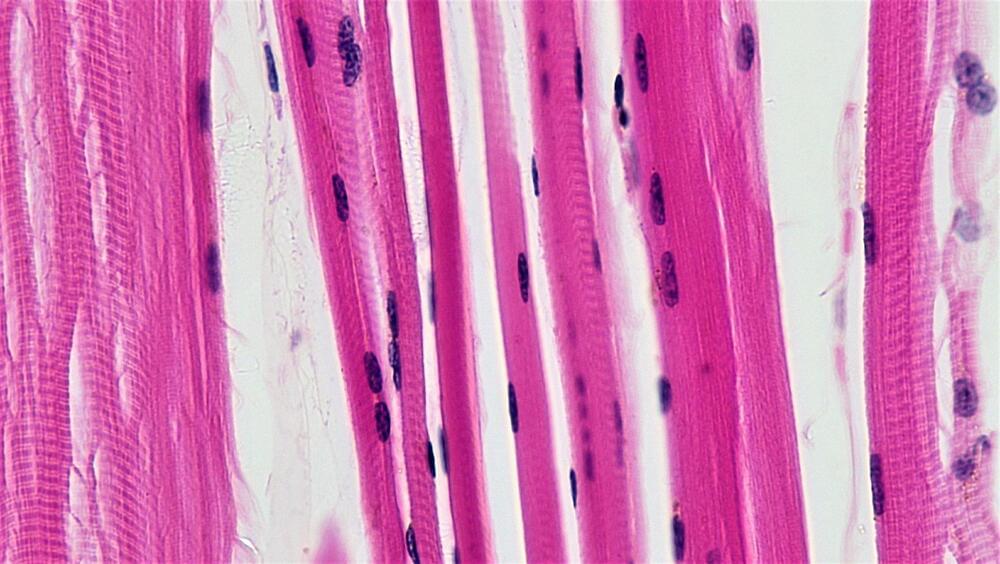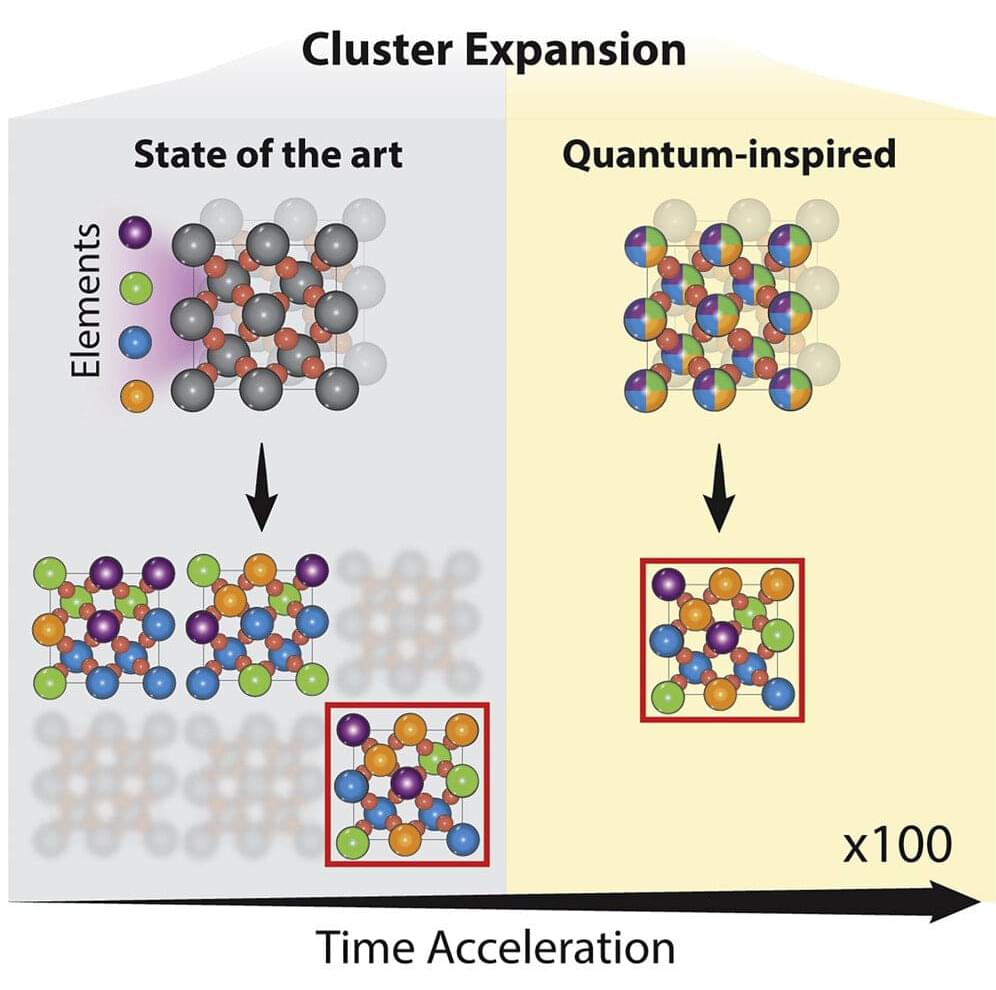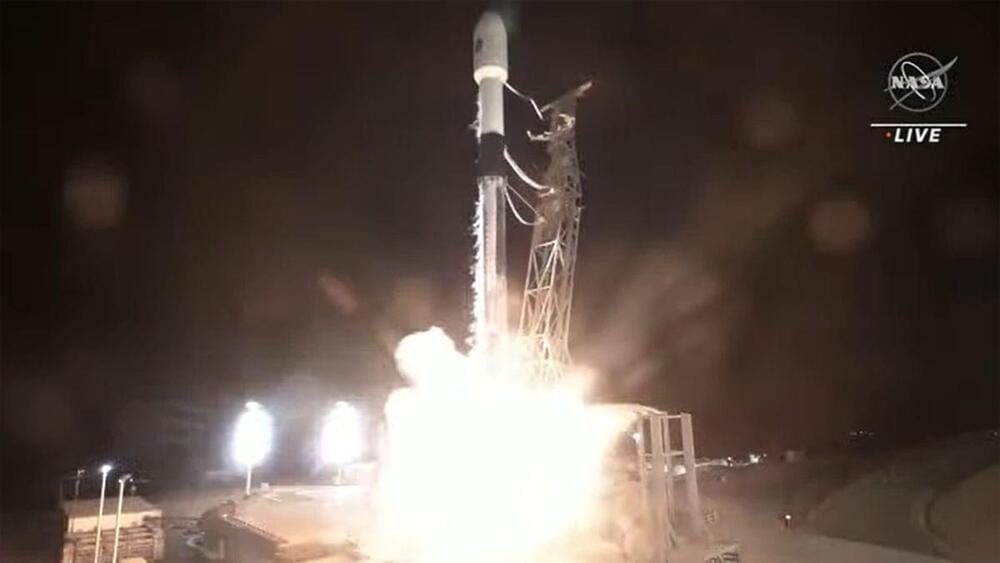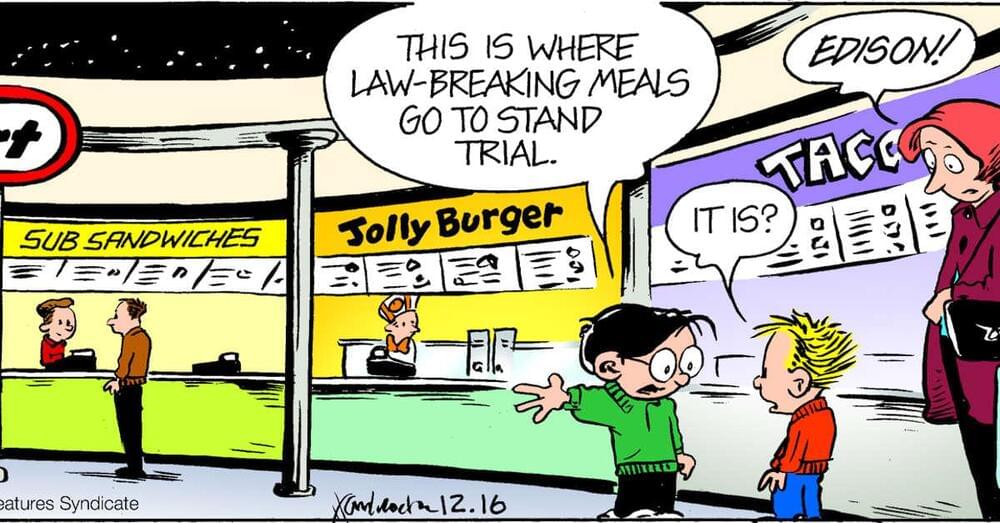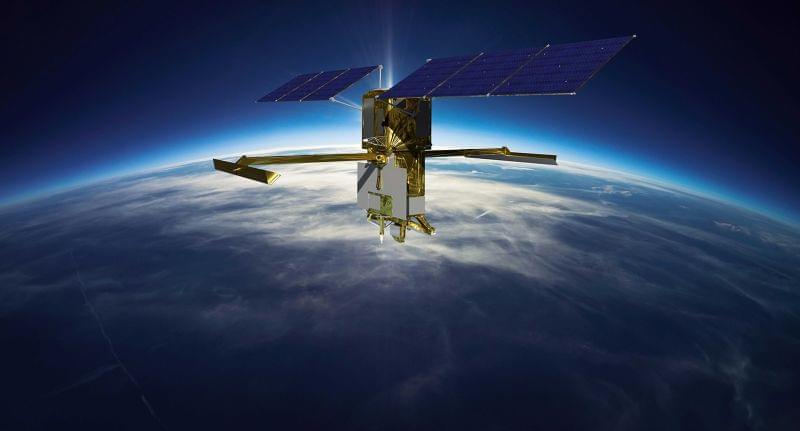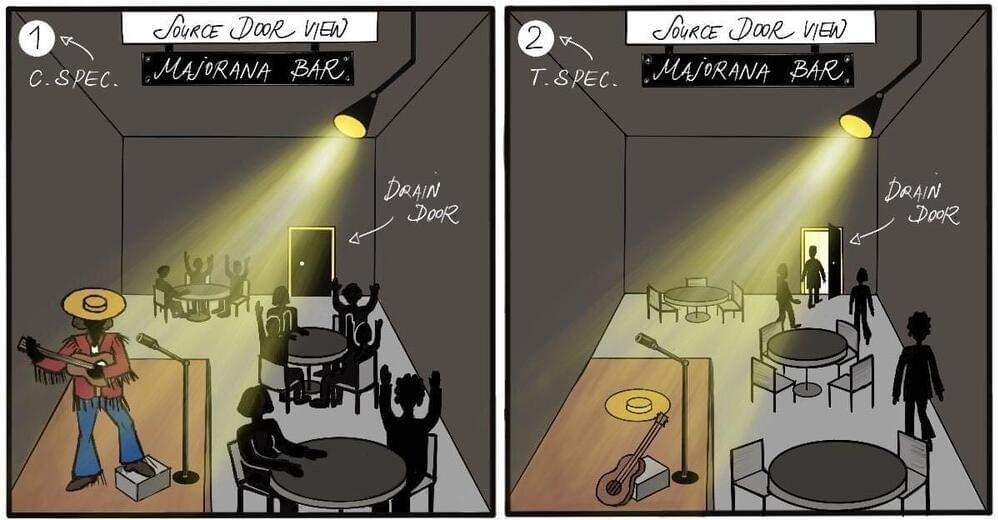During aging, mice, like humans, become inactive and lose muscle mass and strength. A team of scientists led by Johan Auwerx at EPFL have now discovered that when mice age, their muscles become packed with ceramides. Ceramides, known for their use in skin care products, are sphingolipids, a class of fat molecules that are not used to produce energy but rather perform different tasks in the cell.
The researchers found that, in aging, there is an overload of the protein SPT and others, all of which are needed to convert fatty acids and amino acids to ceramides. “The sphingolipids and ceramides are complex yet very interesting fat class, and there is high potential to further study their role in aging, as they perform many diverse functions,” says Dr. Pirkka-Pekka Laurila, a medical doctor and the lead author of the study.
Next, the scientists wanted to see whether reducing ceramide overload could prevent age-related decline in muscle function. They treated old mice with ceramide blockers, such as myriocin and the synthetic blocker Takeda-2, and used adeno-associated viruses to block ceramide synthesis specifically in muscle. The ceramide blockers prevented loss of muscle mass during aging, made the mice stronger, and allowed them to run longer distances while improving their coordination.
